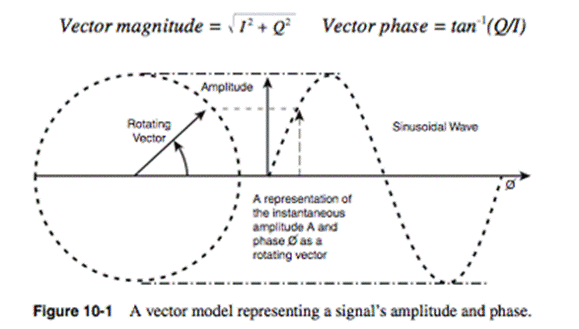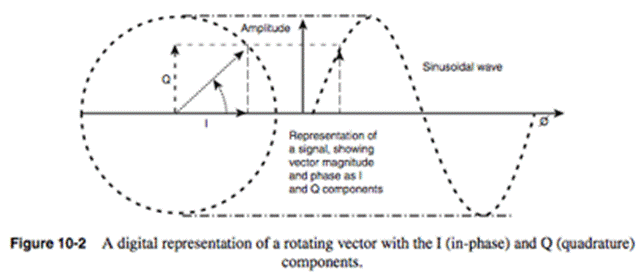
Support Team
Feedback:
support@nextpcb.com1. Wireless signal chain
Simply put, all kinds of media content are "translated" into wireless signals. However, media aggregation is actually a pioneer of countless complex technologies such as enhanced data compression (codec), interoperability, RF transmission and interference processing. Numerous other wireless technologies, such as a large number of international standards and media formats, should receive a book. But in this chapter, for signal integrity design, we don't need to consider media, standards, and the characteristics of various wireless transmissions, only focus on testing and analyzing wireless signals. The analysis of wireless signals and spectrum is widely used in various professional fields and should be found in wireless textbooks.
And because wireless systems are becoming more popular in embedded system design, new wireless standards are being adopted, and signal integrity engineering should be valued in these wireless environments. Therefore, if the book does not discuss modern wireless signals and their testing, it will be incomplete. So, this chapter is designed to help you understand the new techniques of wireless signal testing. This chapter also provides some new ideas for signal analysis in modern wireless environments.
Discussing signal integrity and measurement is a big project, and the discussion of wireless test instruments has been controversial for a wide range of SI books. However, this topic is also straightforward, because the spectrum analyzer (SA) is a necessary tool for radio frequency (RF) testing, and spectrum analysis is dominant in the design of a wide range of wireless systems and devices. In addition, spectrum analysis is currently being used in research and development from low-power radio frequency identification (RFID) systems to high-power radar and RF transmitter systems.
2. RF signal
An RF carrier signal is like a blank piece of paper on which information can be written and propagated. The RF carrier can pass information by changing the amplitude and phase, which is also called modulation. For example, we generally discuss amplitude modulation (AM) and frequency modulation (FM), but in writing, frequency modulation FM is a form of phase modulation (PM). The combination of AM and PM forms a myriad of modulation methods, such as Quadrature Phase Shift Keying (QPSK), which is a digital modulation method in which each symbol bit has a phase difference of 90 degrees. Quadrature Amplitude Modulation (QAM) is a widely used modulation scheme in which both phase and amplitude are simultaneously varied to provide multiple states. Other more complex modulation methods such as Orthogonal Frequency Division Multiplexing (OFDM) can also decompose the amplitude and phase components. The basic information provided by the wireless system provides a comprehensive example of the method of modulating a carrier signal. To understand modulation, an example diagram may be more effective than a thousand words.
However, to understand the digital modulation of a wireless carrier, it is necessary to be familiar with the use of vectors to represent the amplitude and phase of the signal. As shown in Figure 1, a signal vector can be understood as the instantaneous amplitude and phase of the signal from the length of the vector, respectively. Expressed by angle.
If it is in a polar coordinate reference system, it can also be expressed by a traditional Cartesian coordinate reference system or Cartesian coordinates X and Y. In the digital representation of an RF signal, an I signal and a Q signal orthogonal thereto are usually used, which is mathematically equivalent to the X and Y components of the Cartesian coordinate system. Figure 10-2 illustrates the magnitude and phase of the vector, and the state of the I and Q components at that time.


For example, the AM modulated signal can be represented by the I and Q components. This requires calculating the instantaneous I and Q amplitudes of the carrier. Each instantaneous value is expressed as a number and recorded in the memory. The last stored data (amplitude value) is The expression of the original modulated signal is given. However, PM modulation is not so simple. It also includes the phase information, calculates the I and Q values and stores them, then performs a trigonometric operation to correct all the data. The resulting data is the original modulated signal. A thorough understanding of the I and Q signals seems to be difficult, but in fact it is the same as understanding a sinusoidal signal at a certain point in time using X and Y coordinates to represent the vector.
However, the signals represented in Figures 1 and 2 are rare in practice, and mobile phones and other myriad wireless systems have been extended in the modern world, where wireless interference is ubiquitous. Products such as mobile phones typically operate in a limited frequency band, so mobile phone and other wireless device manufacturers need to legally comply with the band specifications. Designing these devices requires avoiding transmission of adjacent channel RF energy, which is more challenging for wireless systems that need to switch channels in different modes. Some wireless devices that are relatively simple to design unlicensed bands also need to deal with interference effectively.
Government specifications generally require that these unlicensed band devices can only perform bursty work and must operate with limited power consumption. Proper detection, measurement, and analysis of "burst" mode wireless signal pairs is a very significant exercise for SI design.
Still, need help? Contact Us: support@nextpcb.com
Need a PCB or PCBA quote? Quote now